 Your new post is loading...
 Your new post is loading...
Ronnie Burt, Sue Waters and Kathleen Morris write: "Enthusiasm is typically high when student blogs are first set up. Students often can’t wait to unleash their creativity and publish for an authentic audience on their own online space. Sometimes when the initial excitement wears off, students start facing ‘bloggers’ block’ or get in a rut of writing the same style of post over and over (eg. ‘My favourite…’). With a little guidance and encouragement, you can ensure your students reach their full potential as a writer, while extending themselves by exploring various genres and mediums. This post aims to provide prompts to inspire you and your students for a whole year of blogging."
Donalyn Miller writes: "I have no issue with assessing students' reading levels and identifying text complexity. As a teacher, I find such information helpful when determining my students' reading ability and what books might fit them. What concerns me is that in many situations, Lexile measures become the sole factor in book selection and recommendation. While identifying readability can be useful when evaluating textbooks, guided reading texts, or other teaching materials, selecting books for classroom instruction and recommending books for independent reading are two different processes."
Jennifer Gonzalez writes: "Plagiarism can be a real pain. Most teachers have had to deal with it in some form or another, and a whole lot of you still haven’t quite figured out the best way to combat it. Many of us issue stern warnings and threaten serious, soul-crushing consequences. Others also use software to detect plagiarism. While these methods can deter students from plagiarizing and catch them if they do, they operate on the assumption that all plagiarism is devious, that all students who plagiarize know exactly what they’re doing, and our mission is to catch and punish. Now because I don’t believe that assumption is true, I think we could be handling the problem with a lot more finesse."
From the CommonLit website: CommonLit delivers high-quality, free instructional materials to support literacy development for students in grades 5-12. Our resources are: We believe in the transformative power of a great text, and a great question. That’s why we are committed to keeping CommonLit completely free, forever.
Tom Bober and Brianna Zavadil White write: "You may have seen a portrait of a famous individual used alongside a title slide of a presentation or accompanying a list of facts about that person. In classrooms, portraits are often used as window dressing to history, a face to put with a name, event, or date, but portraits can tell students much more. The strategy of reading portraiture encourages the visual analysis of a piece of art, similar to closely reading a document. The visual clues found in portraiture may be decoded to learn about the individual featured in the artwork. To get started, select visually complex images that include objects and a compelling setting."
In this lesson, students will create an infographic to share knowledge and data about an issue or science topic they are studying.
DPLA Primary Source Sets are designed to help students develop their critical thinking skills by exploring topics in history, literature, and culture through primary sources.
From Richard Byrne on his Free Technology for Teachers site.
"The Center for Student Work is an open resource featuring exemplary pre-K to 12th grade student work. Use these models to raise questions, provoke thinking, and inspire excellence. Learn more about why student work matters."
Brooke Feldman writes: "Students often ask me, “how do we know what really happened?” As historians, we tackle this sophisticated question by corroborating, sourcing, and evaluating evidence. We look to multiple accounts and determine points of convergence and divergence, and from there we determine historical facts. This blog post focuses on corroboration as a means to push rigor, thinking, and engagement in the social studies classroom."
Amanda Ronan writes: "Common Core testing season is right around the corner, so you want to spend some time making sure your students have the technological skills that will be required of them. PARCC and SBAC released items and practice tests to demonstrate the new item types students will see in the spring. We’ve summarized these items and given you some excellent online resources to help your students practice with the new testing interface. Now you can help your students show that they can master anything Common Core testing throws their way!"
Karen Larson highlights 5 specific ways to use Google Forms: for self and peer review; to document PD; for quizzes; to collect student work from other websites; and to share rubrics.
Dave Stuart Jr. writes: "My theory is that the non-freaked out framework, by intentionally leaving out some of the things listed below, will have a greater likelihood of impacting the most students possible because, at its heart, it’s simple enough to grasp in an hour and complex enough to explore for a career. I’m obviously not saying my approach is the only way to increase student literacy development across the content areas (I find Mike Schmoker’s work in Focusto be superior to mine in just about every way, and fully attribute the seminal nature of his work to my thinking). I’m just saying this framework is one potential model to explore; by all means, we need to develop and experiment with more models."
|
The staff at TeachThought writes: "Critical thinking isn’t a skill, nor is it content knowledge or even evidence of understanding. While it involves and requires these ideas, critical thinking is also very much a state of mind — a willingness and tendency to sit with an idea and ‘struggle wonderfully’ with it." Photo by Tachina Lee on Unsplash
From DocsTeach: "We’re very excited about our first new activity tool since we launched DocsTeach almost seven years ago! Create activities with the Analyzing Documents tool to teach students the process of document analysis: - Meet the document.
- Observe its parts.
- Try to make sense of it.
- Use it as historical evidence."
One of the major goals of a language arts class is to help students communicate effectively. Educators often report wanting to help students develop voice in order to communicate verbally what they have learned. Unfortunately, many educators have trouble finding ways to incorporate this type of instruction into their lessons. Flipgrid is designed to do just that -- give students a fun and creative avenue to develop voice and provide educators with a simple way to integrate it in their classroom. Photo: Avi Richards on unsplash.com
As the school year begins, the DPLA Primary Source Sets can prove to be an invaluable free resource to educators looking to add depth to their curriculum.
Douglas Fisher writes: "Scaffold students' thinking about complex texts by asking what the text says, how it works, what it means, and what it inspires them to do."
Did you know that more than 180,000 of the items in our Digital Collections are in the public domain? That means everyone has the freedom to enjoy and reuse these materials in almost limitless ways.
"Zoom In is a free, Web-based platform that helps students build literacy and historical thinking skills through “deep dives” into primary and secondary sources."
Amanda Ronan writes: To prepare students for college and careers, reading comprehension needs to be a part of allsubject areas. Students cannot master complex scientific concepts, comprehend historical treaties, or follow complex logic problems without it. Content areas deal with complex texts that require analytical reading skills. Students in social studies, science, and math classes have to be able to compare and synthesize ideas, and use specific academic vocabulary."
We pair 10 photos from The Times that we’ve used in our weekly “What’s Going On in This Picture?” with ideas from students and teachers for how you can use them, or images like them, to teach close reading and visual thinking skills.
Amanda Ronan writes: "The Common Core State Standards do not have to mean the death of creative work produced by your students. If anything, the emphasis on textual analysis gives you more reason to explore interesting and creative ways for students to engage with texts. "
Monica Burns writes: "The Common Core State Standards ask students to use details they have gathered from informational texts to draw conclusions. An important aspect of this task is the idea that students must use information from several texts on the same topic."
|



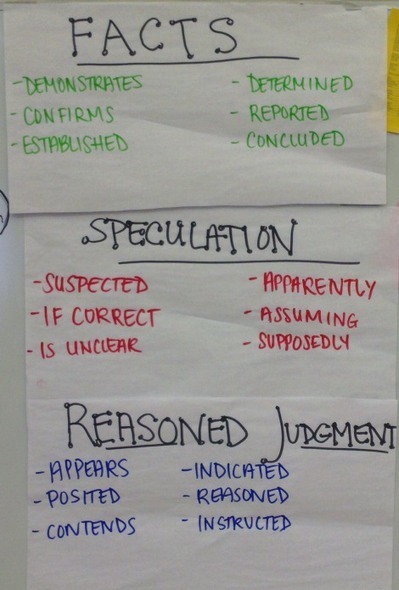


 Your new post is loading...
Your new post is loading...




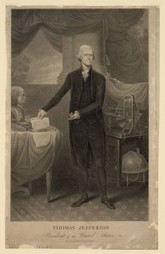


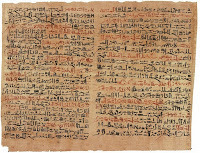
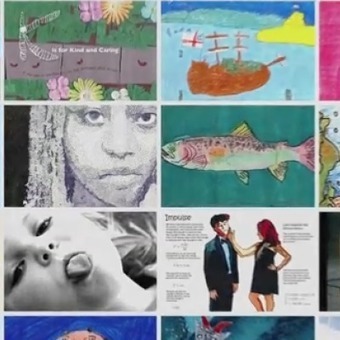
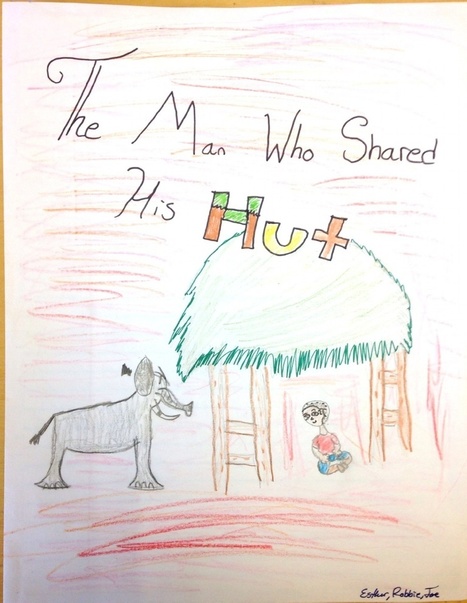


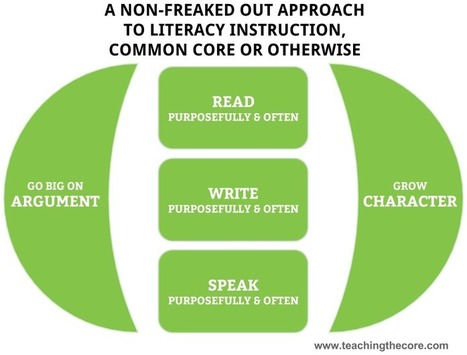

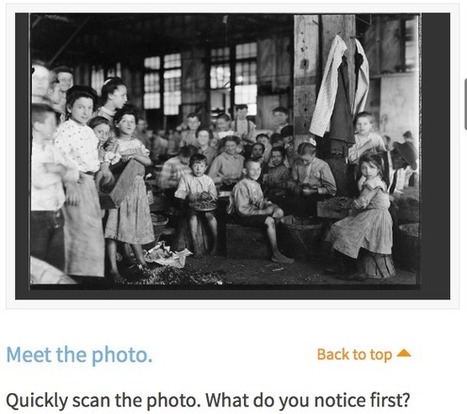

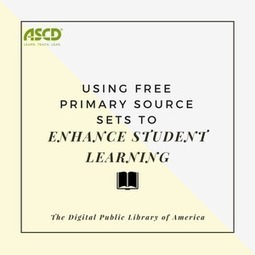
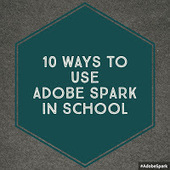
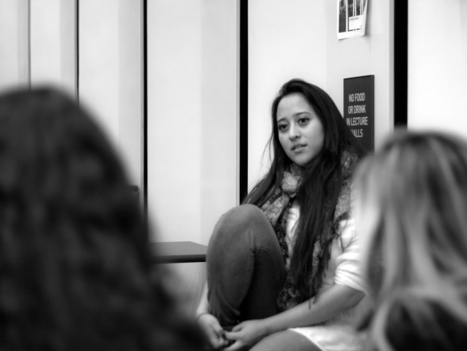

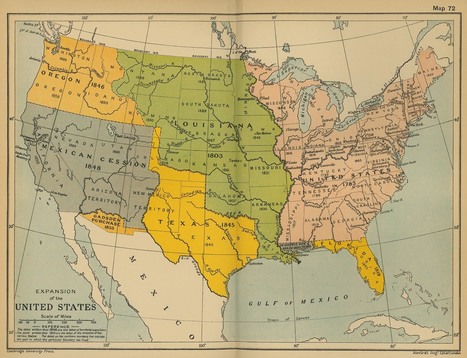




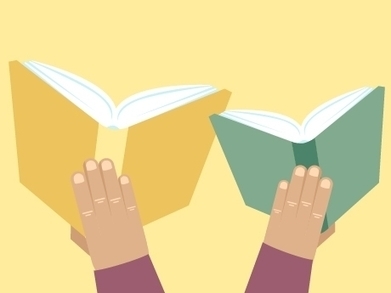





While the examples here are specific to science classes, it's important that all teachers focus on evaluation of sources. The common "Google and grab" approach is often related to how little time students have to do research. Perhaps with longer, more thoughtful research assignments, we can give students time to research and evaluate their sources. Maybe adding an assessment of resources to the rubric might help!